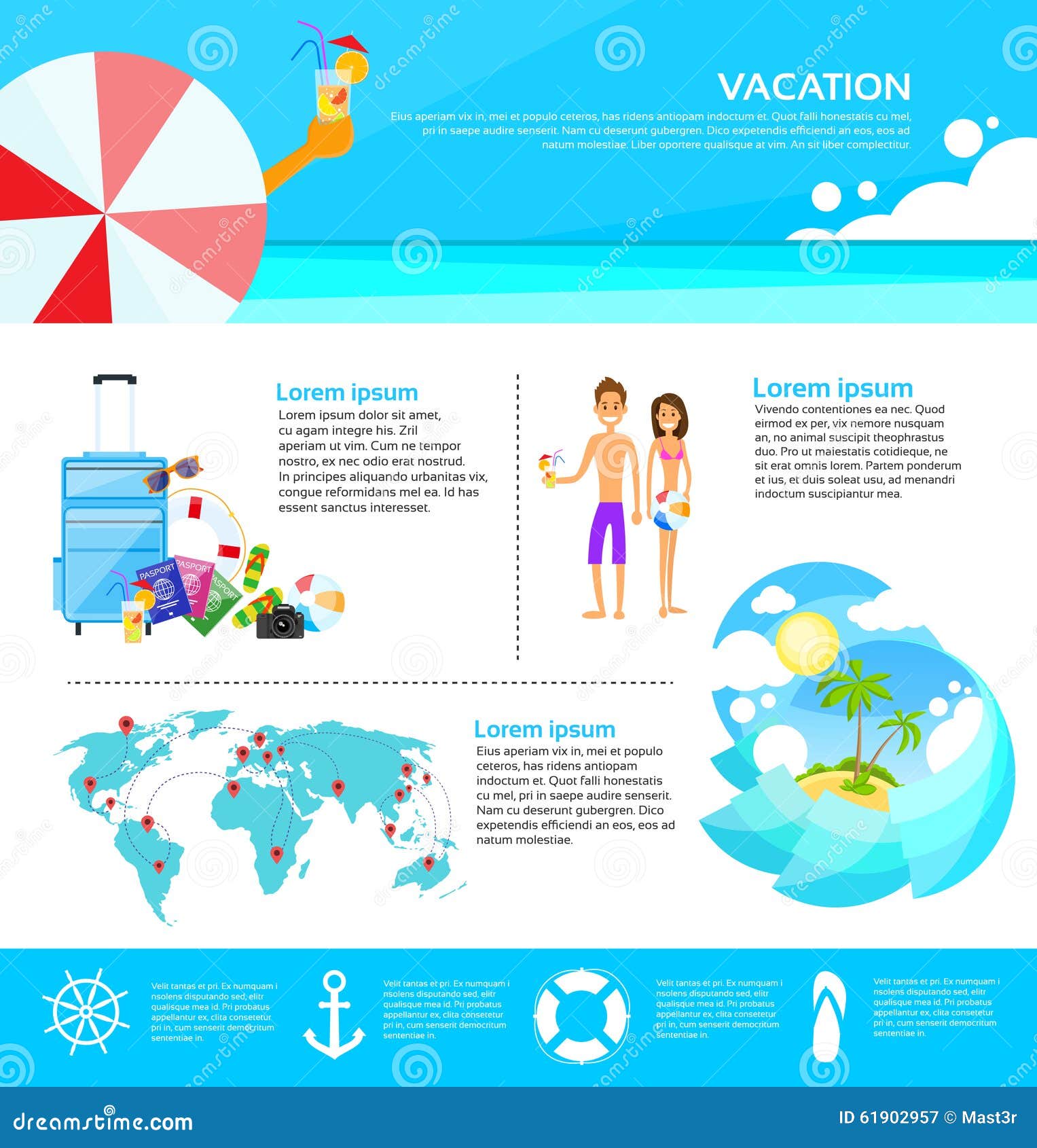The RMS Rhone is a fabulous ship wreck that has given birth to an attractive aquatic park. It is one of the most prominent dives in the Caribbean. Its tragic story remains to attract and captivate us.
Captain Woolley opted for the closest route to open sea through the network in between Dead Upper body Island and Black Rock Factor on Salt Island. As Rhone happened to come close to the point the tail end of the typhoon tossed her onto the rocks.
The History
Throughout the yellow high temperature epidemic of the 1860s, transatlantic guest ships quit on a regular basis at Roadway Harbour, Tortola and Great Harbour on Peter Island to move travelers and cargo between them. Master Frederick Woolley of the Rhone had actually been advised by a going down measure that a storm was coming, but believing that the storm period mored than, he chose to stay at Great Harbour for the transfer with another RMS ship, Conway.
Equally as they were passing Black Rock Factor between Salt and Dead Chest islands, the weather suddenly transformed instructions. The preliminary lurch caught the Rhone on her side and she wrecked versus the rocky reef. Legend has it that Captain Wooley was using a silver teaspoon (which continues to be dirtied in the reefs today) to mix his cup of tea at the time. The wreck is now a popular dive website, home to an interesting range of marine life. Most people concur that a complete exploration of the site calls for 2 separate dives, as the bow and stern areas are spread apart at different midsts.
The Accident
The Rhone rests beneath the cozy clear waters of the Caribbean Sea and is a renowned dive site today. Site visitors can discover the incredibly intact bow area, see where scenes from the 1977 film The Deep were shot, and swim under the strict near its big 15 foot propeller. This bristling aquatic park is a pointer of the fragile equilibrium between male and nature.
On 29th October 1867 as Captain Wooley was preparing to secure the Rhone in Road Harbor, the wind and waves changed and he made a decision to try to defeat the coming close to storm out into the ocean blue. He steered the ship to Black Rock Point in between Dead Breast and Blonde Rock, a set of rocky peaks rising up from all inclusive sailing trips the water. The ship struck the rocks and sank in two areas with the cold water of the incoming trend calling the hot central heating boilers triggering an explosion and sinking the vessel with all 123 guests still connected to their beds.
Snorkeling
Among one of the most famous wreckage dives in the Caribbean, snorkelers can conveniently check out much of the Rhone by simply drifting on a mask and breathing through the sea. The much deeper bow section is specifically unspoiled, a kaleidoscope of orange cup corals reefs teeming with yellowtail snapper, sennets and jacks. It's additionally where scenes from the 1977 film The Deep were recorded.
The demanding and midsection are extra broken up, yet they provide a haunting glimpse of a previous era. Scuba divers should intend on at least 2 dives to fully experience the Rhone, particularly since presence can in some cases be complicated. Highlights consist of the lucky porthole, which scuba divers rub completely luck, and the famous bronze prop. The rusting skeleton of the Rhone is a famous sight in the BVI and is a must-see for any type of diving or boating fanatic. The ship is open to the public for expedition, and numerous neighborhood dive boats check out daily. The Rhone is protected by the National forest Solution, and entryway is free of charge.
Diving
One of the Caribbean's most popular accident dives, Rhone is a desirable site for its historic allure and brimming aquatic life. It's open and relatively risk-free, making it suitable for divers of all experience degrees.
The story behind the accident is unfortunate: as she was transferring guests to another ship, Conway, at Road Harbour on Tortola, Rhone rounded Black Rock Factor and ran into it at full speed. Warm central heating boilers smashed versus cool seawater and blew up, sending out the Rhone collapsing into the rocks and sinking in minutes. Just 23 of the 146 individuals aboard survived. Their bodies were hidden on Salt Island.
The wreckage split in two when it sank, and the bow section wandered to much deeper waters, while the stern cleared up at concerning 80 feet. Both are engulfed in coral reefs and lived in by marine life, including institutions of yellowtail snappers, sennets, jacks and grunts. It takes at the very least two dives to check out the whole wreck, though, considering that the bow and strict sections are separated by concerning 100 feet of water.
